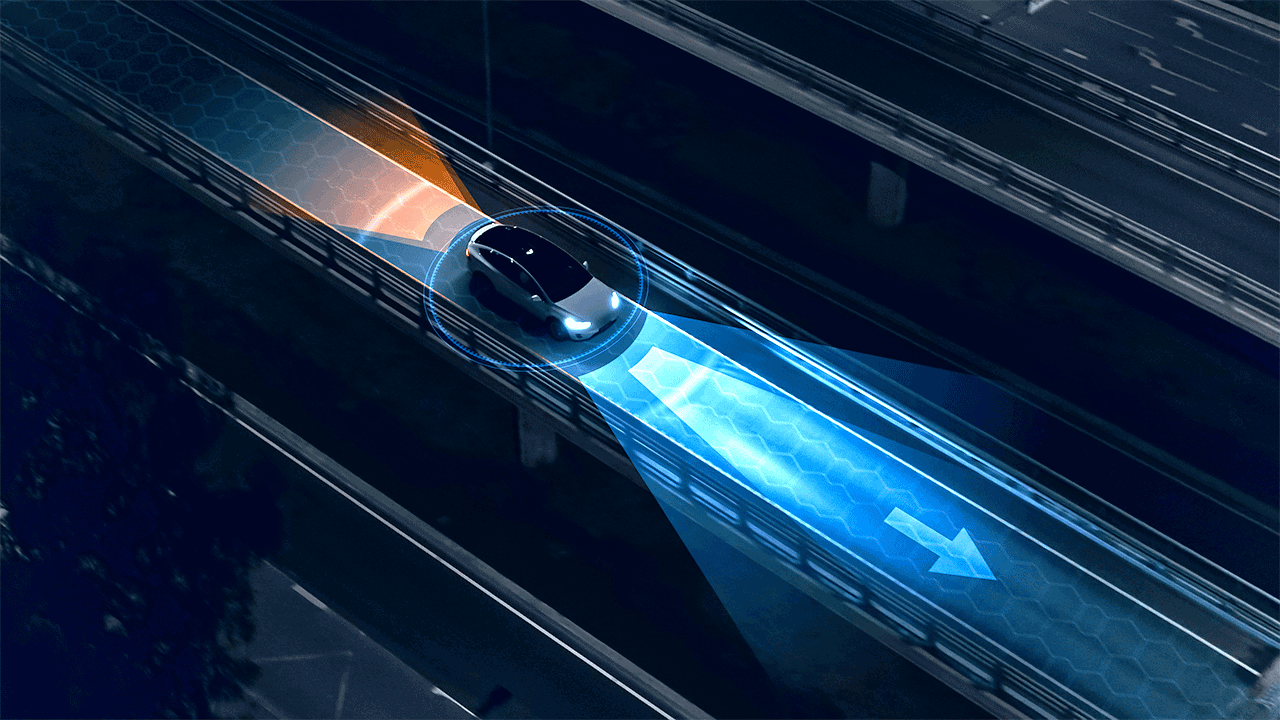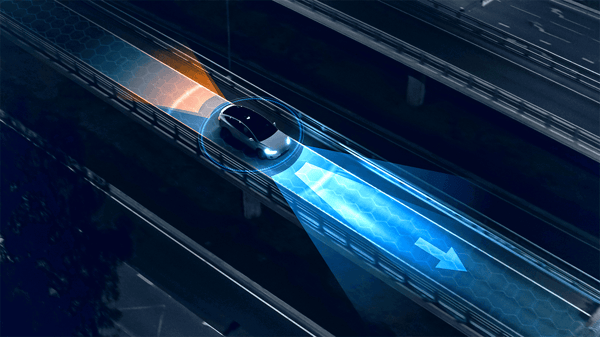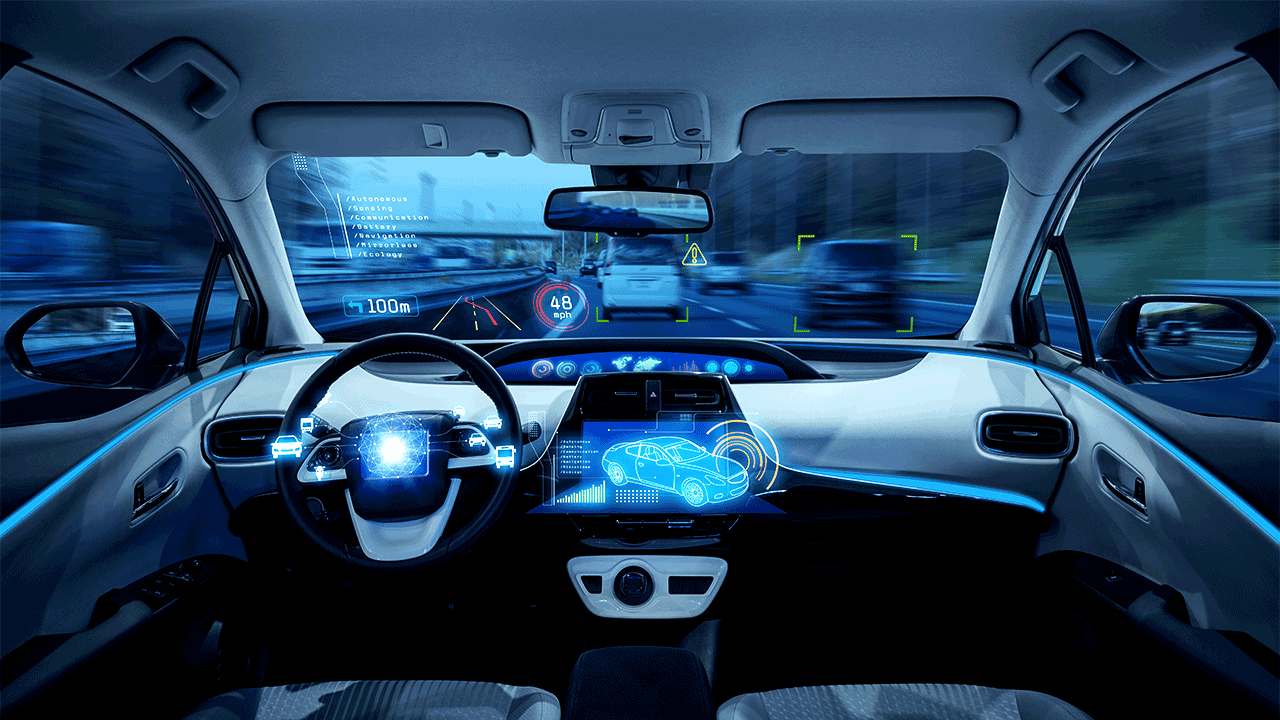Guest Blog: Training for a dynamic future
Training for a Dynamic Future Introduction We are seeing an incredible change in the field of mobility, a level of disruption unseen since Henry...
Unlock Engineering Insights: Explore Our Technical Articles Now!
Discover a Wealth of Knowledge – Browse Our eBooks, Whitepapers, and More!
Stay Informed and Inspired – View Our Webinars and Videos Today!
Exploring the future of software-defined vehicles through expert insights.
7 min read
 Michael Verkamp
:
Jun 21, 2021 12:02:47 PM
Michael Verkamp
:
Jun 21, 2021 12:02:47 PM

The future autonomous vehicle landscape will be very different than what we see in automotive today. Many realms will have to grow and evolve, and the challenges are significant. However, so are the opportunities.
Our typical customers are in the domestic vehicle market. We are trying to grow. And I think the opportunities for us to grow are also in the commercial markets, because of three things:
What we do in our boot camp is applicable to all those situations, and why our offering is far superior to what you can accomplish trying to learn this technology out in the field.
Right now, our focus is wheel-borne vehicles. The aerospace industry is already far advanced in the fields of autonomy and safety systems.
As for rail, I think some of the technology could apply. However, it is a less challenging environment in comparison to automotive. The rail environment is well contained, with fewer variables. And the infrastructures for air and rail are a lot simpler than they are for wheeled vehicles.

Infrastructure must evolve if autonomy is going to be successful. The vehicle cannot be the sole source of the see-think-act process. The computing requirements are too great; therefore, the power requirements are too great. Some of those computational and power burdens must be off-loaded to the surrounding infrastructure for the math to work.
The infrastructure will have to become an integral part of the see-think-act process. The infrastructure will have to be able to monitor, send signals, and communicate on the edge with unheard-of speed and accuracy. It is too complex a problem for each and every vehicle to make and communicate all the decisions for itself, when that vehicle must simultaneously do so in concert with all the other vehicles also making and communicating all their own decisions. Even if all those computations could be made on board and communicated swiftly enough, the power requirements for just the computing burden alone would be staggering, not including the additional power needed to move the vehicle down the road.
The infrastructure must help the system make more decisions, faster, in a more efficient manner. We are going to see a massive infrastructure boom in the next 10 years. Civil engineering is going to have to get involved in this game, also because it is going to be a way that governments can push the envelope.
It is already happening. Let us take Michigan’s capital, for instance. Michigan announced in 2020, plans for an autonomous road. They are dedicating a highway from Ann Arbor to Detroit, three, maybe four lanes, as only autonomous. Only autonomous vehicles will be able to run on it. They are creating an environment that allows autonomous vehicles to begin to get out into the real world.
For the public to accept these transformations, two things must happen:
That is why robo-taxis and shared-mobility services are starting to get launched in so many places. Companies are launching mobility services in contained environments, office parks, medical parks, and retirement communities on campuses. They are fully autonomous vehicles. For the first year or two, there is a driver, but they are not actively driving, they are just monitoring as people are jumping on and off. People must get comfortable with the fact that technology is going to enter in, in a macro sense, and create a much safer environment. That transition will take time.
Right now, every time a Tesla crashes or an autonomous vehicle crashes, it is all over the news. We as an industry have got to address that. Autonomous vehicles must be almost perfect. However, an autonomous vehicle will not drive drunk, an autonomous vehicle will not fall asleep at the wheel, an autonomous vehicle will not drive while they are texting. You take those three factors, and that accounts for 75% of present-day traffic fatalities. An autonomous vehicle might do something else; it might perceive something wrong, but it is never going to do those things.
The public is going to have to learn that freak accidents may happen, but we are going to get better at the computing power, we are going to get better at the sensing technology, and the safety numbers are going to be far better than what we have today. Overall, we can eliminate 90% of present-day fatalities through autonomous technology.
First, all involved must get serious about the standards. There is the ISO 26262 Functional Safety standard that must be talked about more, adopted, and become foundational. Then it must be written into the NITSA law here in the states. And then, we as an industry must start getting more serious about specific performance standards on these systems. The industry consortiums are trying. However, as long as there is no finalized standard, there is only so much they can do.
Second, once the standards are defined, there must be wholesale adoption throughout the industry. Governments will have to agree on standardization, and they are going to have to hold companies that participate in this technology space accountable to meet those standards.
Third, the data must be published, completely visible and talked about. Once the public starts to see the data, they will learn that this technology has been proven through iterative testing, simulation, and on-the-road testing. The data will prove that autonomous systems can handle these situations better. That data must be readily visible and accessible. Government has a big role to play in this.
There is so much in the word ‘enforcement’, it can be taken so many ways. Who is liable now when you must make a computer decide to hit Object A or Object B? As for the insurance companies, right now without autonomy, enforcement is not easy. However, at least you can assign fault. Who are you going to assign fault to in an instance of autonomy, the programmer? There are a lot of people wrestling with those complex issues.
Higher-level enforcement… We have the framework, the NHTSA, the National Highway Traffic Safety Administration, they are going to play a critical role in this space.
Self-enforcement… The public will demand enforcement. What happened with VW when they tried to shirk the standards on emissions? The public held them accountable.
Companies must be held accountable, and we must self-enforce as well. And, we all are going to have to demand transparency of data. We have to. We simply do not have it yet. We are starting to, but it is nowhere near where it needs to be, and it must be enforced. The requirement must be that you meet the standard, you must publish the data, and if you fudge the data, the consequences will be severe.
Trust is huge. I am a big proponent of the speed of trust. When there is trust, it enables very rapid development. However, you can lose trust in a hurry, too. It can create a false sense of security if you are not careful.
Trust is paramount. It is great for development and change, for getting you where you want to be. But you must also have control mechanisms in place to ensure that you get there in the right way.
The number one criterion for building trust is transparency. You have got to govern yourself. You have got to hold yourself accountable, and that is only going to happen through transparency, doing the hard work, and doing it in an ethical way. I absolutely believe that this point is key for our industry.
An example can be found in the airline industry. Whenever we got serious about standards, and adherence to standards, there was a significant improvement. We have not seen an airliner go down in the industrial world in a long time. It used to be a fairly common occurrence. Not anymore.
This kind of improvement is what happens when you have people getting serious about putting standards in place and then enforcing them. That is what is going to have to happen here. And it will. Because the opportunity is too great for saving lives and improving mobility.
The impact that autonomy is going to have on society, is going to be unprecedented. We are going to be able to provide mobility to the immobile. For example, parents that want their young kids to be mobile and are terrified to give them car keys because of age or inexperience. Or, when you have parents that are immobile and are sitting at home and suffering from isolation. In these instances, you can pick up your handheld device and, in a few minutes, have a mobile device come to you that is going to take you to the park, or take you to the store, or take you anywhere.
We are going to create mobility where it has never existed before. What kind of impact is that going to have on society? It will be huge! That is why I am convinced that, at some point, people are going to start to see this.
If there is one thing that COVID taught us, is that we need to connect with each other. We need to have human-to-human connections! We are not going to survive as a people without connection. All the world is connected through devices, through electronics. But the number one connection remains the human-to-human connection. We are not going to survive without it. And autonomy is going to facilitate human-to-human connection. That is what I love about it.
There is fear of this new technology. But to me, I think the ability to bring that level of mobility where it did not exist before, that level of safety where it did not exist before, that is going to be the driving force. And it is not going to be just the economic gains, which will be there for the people who are going to be in the right space at the right time. Rather, it is going to be the societal benefits that are going to drive this in the end. The primary motivator will be the benefit to humanity, first, last, and always

Training for a Dynamic Future Introduction We are seeing an incredible change in the field of mobility, a level of disruption unseen since Henry...

Since the early 1960s, Americans have been enamored with the animated sitcom “The Jetsons” and their depiction of a futuristic, space-like utopia....

What is the Future of Autonomous Vehicles? Today’s vehicles are complex machines with intricate technology and advanced capabilities. As the industry...